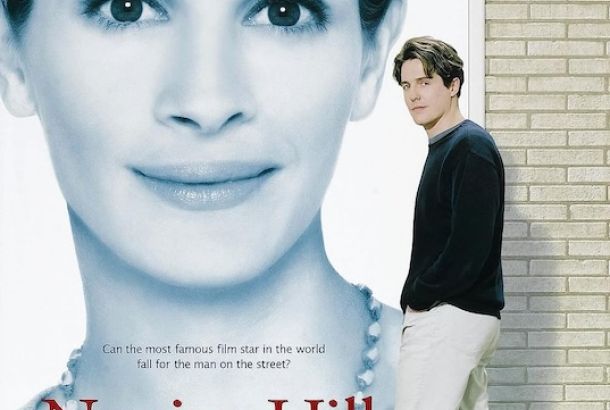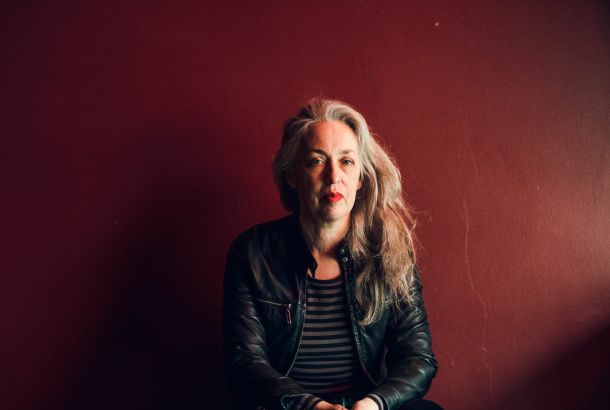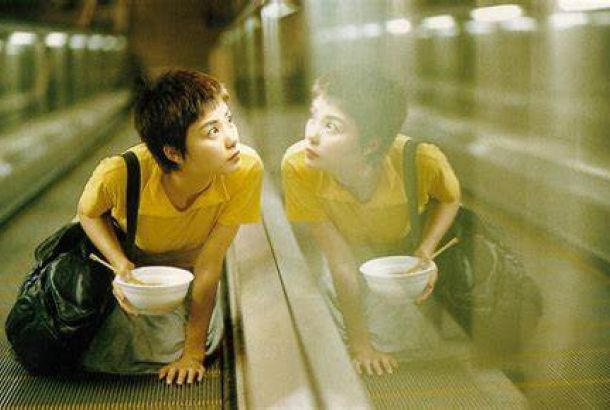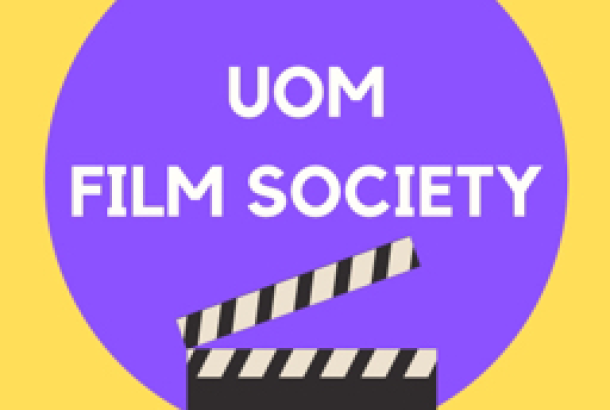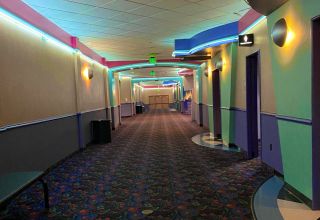French director Selim Azzazi brought his captivating short ‘Enemies Within’ to the Lift-Off film festival this year in Manchester. Over a run-time of 27 minutes the audience could very well be watching a play due to Azzazi’s attention to detail, sharp dialogue and use of only two lead characters in one space.
These elements emphasise the multiple layers to this necessary short about the scars of France’s colonial past. After asking Azzazi himself questions on the subject of ‘Enemies Within’, we begin to delve into these layers.
Beginning with the production process, Azzazi explained that it started in May 2015, gathering around €100 000 through the CNC’s financing (French National Centre for Cinema). This allowed them to pay every crew member and build a set. An important aspect this budget allowed them was to rehearse for two weeks with the two actors, “just like we would for a play”.
As the subject has such depth and the actors’ performances are so gripping, I could have imagined a full-length feature version being equally as powerful if it could hold the same high-standard throughout. But Azzazi had always imagined ‘Enemies Within’ being a short film and was meant to remain that way, making it clear that he “never imagined or hoped on doing it a feature version”, and was always meant to be “only worked as a 20-30 minute intense duel”.
Despite only being a half hour long, the script took three years to write and to gather the financing, then taking ten months to produce entirely. This time was essential to the development and perfecting of details, such as the feeling of claustrophobia.
Azzazi stated that “the sound was crucial in order to get that claustrophobic atmosphere”, turning the space into an anechoic chamber that absorbs sound instead of it reverberating. To do so, they made use of “several huge velvet curtains” with which they surrounded the set, and hung large acoustic foams from the ceiling.
The sets location being in an unused government building, they managed to reduce the original cathedral like sound “to a very pure dry sound”. An important factor for Azzazi, in order to “enhance the feeling of claustrophobia for both the actors and the audience”.
In an article published on the Qualia Films site, Azzazi mentioned rehearsing for a play that centred around the HUAC (House of Unamerican Activities Committee), and how he made the link between America’s despising of communism and their “enemies within” and France’s refusal to see Algerians as French, especially after the war of independence.
I asked if he could go into more depth about how he felt the way HUAC dealt with communism in America was similar to how France dealt with Franco-Algerians, to which he replied: “There are similarities in the way a society builds up the image of ‘an enemy from within’. In France for example it was the case after the 1870 war against Prussia after which many accused French-Jews to be responsible for the defeat. Antisemitism grew on that idea and it led to the Dreyfus case 1894.
“The same with the French -Muslims originating from North-Africa (mainly Algerians) especially when the independence war started in 1954. In the mind of many, every French-Muslim became a possible threat. So this idea that North-African people are a threat from within has been around for over 60 years now and it’s been very costly to our society (lack of integration, inequities, unemployment, riots, etc)”.
He also pointed out that it is easy to find the same mechanics in the Soviet system “with the ‘enemy of the people’ image”, in addition mentioning a British play he loves that deals with that called “Collaborators” by John Hodge.
Hassam Ghancy and Azzazi worked together as actors in an adaption of The Sunset Limited, of which the setting was also in a singular closed space. This was another source of inspiration for “Enemies Within”, with actors Hassam and Najib’s insight and feedback enhancing the quality of the script.
On this subject, Azzazi responded that “great playwrights are always inspiring as they manage to bring characters to life from what they say/do or don’t say/do. So working as an actor was definitely crucial for me in order to grasp what writing was about.
“The same with working with Hassam: his feedback was very important to me because although he isn’t a writer, he could tell me when what he was reading didn’t feel right. He would say it with his own words, which would necessarily translate into answers for a writer, but which would point out problems to solve. It is very important when you have no experience to be able to trust the actors you work with. Both Hassam and Najib were dedicated to help me bring out the best of this script”.
‘Enemies Within’ is powerful because it’s topic is the much-ignored bloody colonial history of France, which led to questioning France’s trouble facing this past. Azzazi expressed disappointment and shame, observing that France’s political debates constantly overlook the subject.
Azzazi does not mince words — “there is still a large amount of my fellow countrymen who refuse to acknowledge that the French military went into the undifferentiated slaughtering of a massive number of people in order to invade their land. You can call that however you’d like: the fact remains that the French army came to Africa and they burned, killed and expropriated.
“We have to live with this. Yes France also built cities, roads, railways and hospitals but it doesn’t wipe out the slaughtering. To get over this and happily live altogether with this common history will remain difficult if this isn’t at least acknowledged”.
This led to the government’s paranoia of enemies within the country, and looking at when this idea of enemies from within started. Azzazi located the French-Muslim target as a problem coming “at least from the Algerian independence war in the 50s”. It is in fact from a book by French sociologist Mathieu Rigouste that covered this area called L’ennemi intérieur.
Whilst Azzazi could not divulge much about his future projects, he did say that he will “keep on writing about identity and the French colonial past but not only!”
His inspiration is fuelled by great plays and character driven stories, which led to me asking him which in particular touched him the most. Too many coming to mind, he settled for his three personal favourite playwrights: “Shakespeare – Ibsen – Pinter”.
Along the same lines but mostly just out of interest, I asked him for his personal top five films: “That’s very difficult to say. There are so many. All I can say is that my favourite films would involve Kurosawa, Truffaut, Hitchcock, Tarkovski, Lumet and The Monty Python!”.
‘Enemies Within’ is a rare window into the paranoia of the French government. Azzazi’s profound knowledge on the subject in addition to his background in theatre are very much what made this short such high quality.
